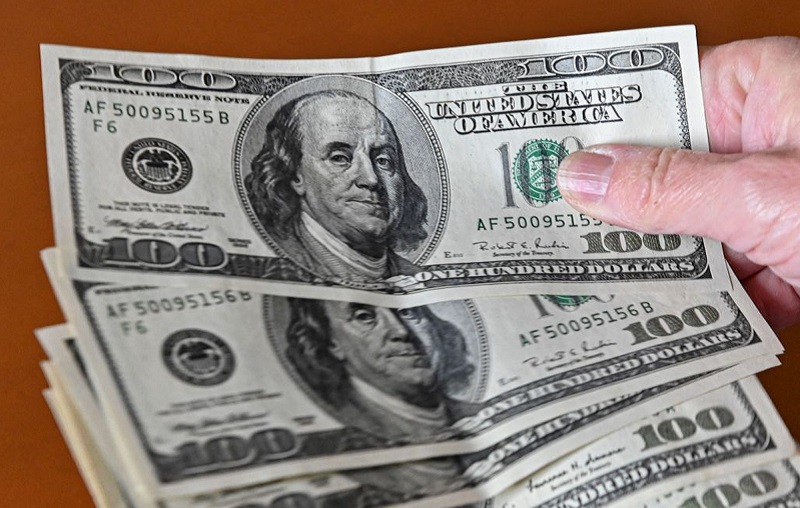
A report that reveals who takes the dollars. Editorial of “El Círculo Rojo”, a program from La Izquierda Diario that is broadcast on Thursdays from 10 pm to 12 midnight on Radio Con Vos, 89.9.
View this post on Instagram
Politics / Dollars / The Red Circle
Source: www.laizquierdadiario.com

